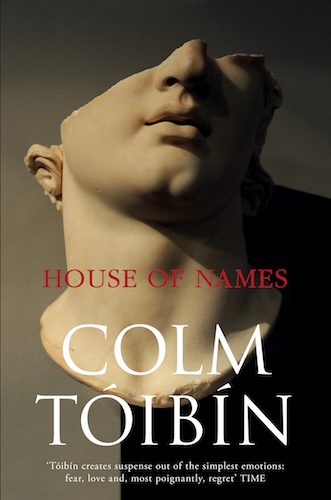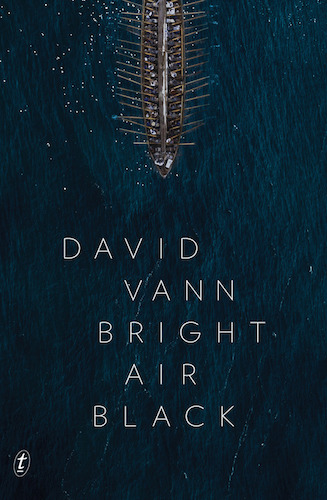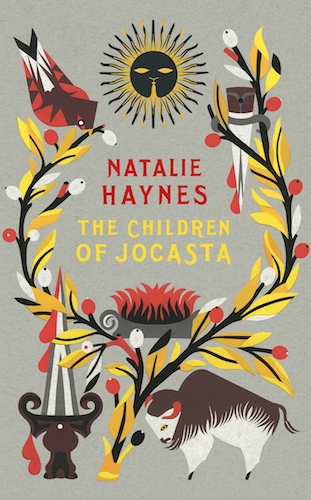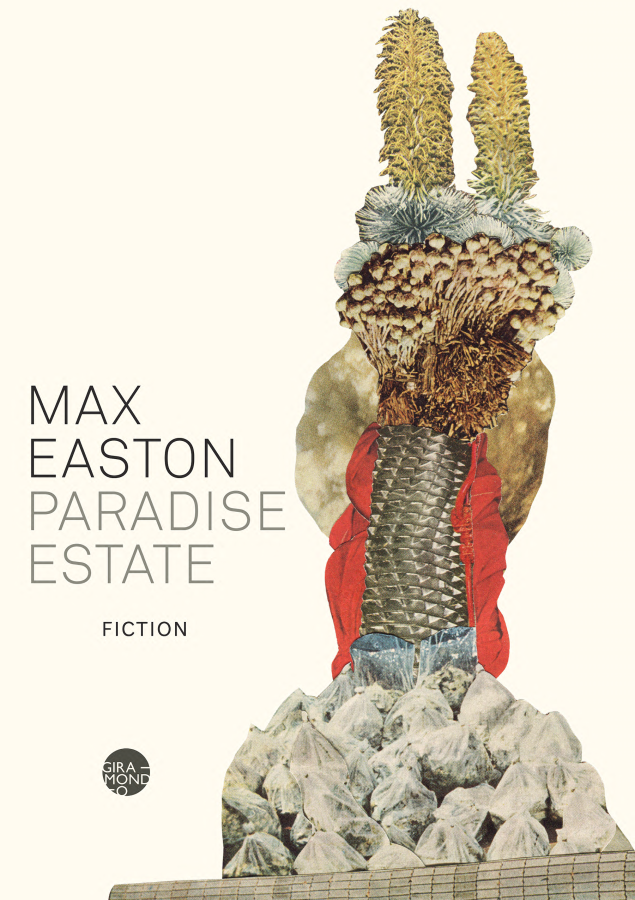Western culture seems haunted by the women of Greek tragedy. The figures of Antigone, Electra, Clytemnestra, and Medea have been a constant presence over the centuries. The Roman writer Seneca produced versions of their stories for an eager audience at Nero’s court. During the Middle Ages, the story of Jason, Medea and their hunt for the Golden Fleece regularly appeared in epic romances. In the Renaissance, stories about these women and their jealousies and retributions provided inspiration for numerous revenge tragedies. The earliest surviving dramatic text by a woman, Lady Jane Lumley’s Iphigenia in Aulis (mid-sixteenth century) is a retelling of Euripides’ tragedy about the murder of Iphigenia, the catalyst for Clytemnestra’s assassination of her husband, Agamemnon.
These women were later embraced by the suffragette movement. As citizens became increasingly aware of the impoverished status of women in relation to property-ownership, divorce law, and the vote, the plight of figures such as Medea garnered increasing sympathy. Victorian burlesques routinely used Electra, Antigone, and Medea when they wanted to parody the capable but demanding ‘new women’. For example, in Robert Brough’s Medea; or, the Best of Mothers, with a Brute of a Husband (1856), Medea appears as the wretched, but unbowed victim of male neglect. While the setting may have been antique, this play spoke through the Medea storyline to contemporary concerns about reforms to the Divorce Act and the denial of child custody to women. The idolisation of Medea continued with the Actresses’ Franchise League choosing to begin their meetings with recitations of Medea’s speech to the women of Corinth (‘I would rather stand three times with a shield in battle than give birth once’).
This fascination was sustained into the twentieth century. Richard Strauss’ ground-breaking 1909 opera Elektra scandalised audiences with its dark plot and atonal musical motifs. In 1913, Carl Jung developed the idea of the Electra complex. The female counterpart to Freud’s Oedipus complex, it proposed female identity as the product of the psychosexual competition between a daughter and a mother for the affection of the father. All women, it seemed, were doomed to perpetuate the tragedy of Electra. Thanks to psychoanalysis, Greek tragedy became universal and timeless. These stories spoke to the desires that lurked beneath the surface in all of us. We might repress them, but such repression was only temporary and unhealthy. Inevitably, these ghosts would break free.
It should not surprise us then that three recent novels attempt to retell these myths for the twenty-first century. David Vann’s Bright Air Black tells the story of Medea and Jason’s escape from Colchis and their return to Greece. Natalie Haynes revisits the troubled house of Oedipus and his incestuous kin in The Children of Jocasta, and Colm Tóibín, in House of Names, explores the tensions that exist between Clytemnestra and her children, Orestes and Electra.
Undoubtedly, the strongest of the female characters presented in these novels is Vann’s Medea. His novel opens with a confronting scene: Medea sitting on the deck of the Argo surrounded by the dismembered body parts of her brother. She throws his limbs intermittently into the sea in a desperate attempt to delay her pursuing father – he must drop his sails in order to recover the limbs and give them proper burial. It is an unforgettable image that Vann plays for maximum effect. Throughout the voyage, we and Medea continually return to this pile of viscera.
The Medea of Bright Air Black is wild, powerful, and primitive. A priestess of the chthonic goddess Hecate, she commands the elements. She knows the ways of the sea and the powers of the herbs that grow on the mountainside. She is more than a match for any of the men that she encounters over the course of the novel. First she brings Jason to heel – and then each of the subsequent rulers that she encounters falls into line. Ethics is what binds those who cling together in communities. Those who truly stand apart from society also stand apart from society’s rules and expectations. Medea is primal and so stands beyond any category of moral censure. Demanding this Medea to behave ethically is as ridiculous as demanding justice from a tidal wave or an earthquake.
Vann’s Medea is complex, but she isn’t unique. She joins a long tradition of depicting Medea as a wild barbarian princess. Medea is always a double outsider, a woman and a foreigner. Sometimes, as with the suffragettes, her position as a representative of the female gender is stressed and Medea becomes the spokeswoman for all women. Elsewhere, including in Bright Air Black, greater emphasis is placed on her alien status. The foreignness of Medea’s status allows her to speak for a number of positions. It allows her to evoke issues of race and ethnicity. In 2005, Wesley Enoch’s play Black Medea used Euripides’ story to explore the tensions within the life of a young Indigenous woman.
In Bright Air Black, Medea is a stranger continually judging the customs of the Greeks. Vann’s Medea echoes the earlier cinematic vision of Pier Paolo Pasolini who also had a potent, uncontrollable Medea (Maria Callas in her only film role) at the centre of his 1969 film, Medea. Pasolini set his film in the desolate, untamed landscape of Cappadocia and Vann’s vision of Greece is equally primitive and wild. The Greece he offers is not the standard classical vision of marble-clad purity. His Greece is squalid, mean, dirty, and dark. Vann rips apart the glories of ancient epic such as Apollonius’ Argonautica, the most influential retelling of the quest for the Golden Fleece, and tramples the remnants into the mud. His Argo is not crewed by heroes, but by easily frightened, vulnerable men and boys.
Yet for all its radical innovation, there is something curiously conservative about this novel. In making his Medea so wild, Vann seems to be perpetuating rather than critiquing certain female stereotypes. Must the feminine be associated the soft earth, the glimmering moon, the bottomless sea, the salt of blood, and the fathomless dark? In short, that constellation of connotations that circle around the irrational and the chaotic. The absence of any other significant female characters in the novel make it hard to see alternatives to Medea as the paradigm of femininity. In this Vann is quite Greek.
At the beginning of The Second Sex, Simone de Beauvoir quotes Pythagoras, ‘There is a good principle that creates order, light, and man and a bad principle that created chaos, darkness, and women.’ It was these beliefs that the Greeks used to justify the containment of women and the exclusion of women, except on religious occasions, from the public life of the city. Staging the tragedy of Medea in Athens was a way of reminding the male audience of the rectitude of the established order. Medea was a lesson in what could occur if women ever got the upper hand. As such the figure of Medea emerged from a problematic politics – and it is hard to remove all traces of this poison. Vann does revel in this dark, chaotic vision of women. His Medea is feral and bloody. Her love is sporadic, her hate a constant. At the end of Euripides’ play, we imagine that the ancient audience went home and embraced their wives and daughters and rejoiced that their households harboured no one like Medea. Bright Air Black has a similar effect. Unlike the male Greek audience (what their wives thought is another matter), we are now in a position to admire Vann’s Medea, but it only feels comfortable to do this from afar.
As befits its origins in verse drama, Vann’s writing is poetic in style. The vocabulary occupies an elevated register and the syntax is often telegraphed. In contrast, Natalie Haynes revisits events surrounding the family of the Oedipus in resolutely prosaic fashion. The supernatural elements are ironed out and the novel takes a form that is part-memoir, part-crime mystery. Haynes’s contribution to the Oedipus myth lies in her ability to flesh out its two minor characters, Jocasta and Ismene, and to place them at the centre of the drama. It is a clever move to locate one’s narrative in the gaps left by myth. It is also helps to resolve some of the problems in the normal Oedipus storyline.
In traditional versions of the Oedipus myth, Jocasta, Oedipus’ mother/lover, is a shadowy figure. She seems to exist just to compound the misery of Oedipus. She is a wound that he bears rather than a woman he cherishes. In Sophocles’ play, Oedipus the Tyrant, her only dramatic function is to commit suicide at the end of the play and so underscore the complete devastation that has fallen upon the hero. We learn almost nothing of her motivations or her feelings about these complicated, dreadful circumstances.
Yet, in many ways, she bears the brunt of the curse far more than Oedipus. For a large stretch of Oedipus’ life he never knew that he was doomed to commit incest with his mother or murder his father. Yet this knowledge is something that Jocasta has been forced to live with from the moment she gives birth. She watched helplessly as her newborn child was taken from her to prevent the prophesied patricide. Her hurt is something that she carries for decades. The realisation that all the loss and longing that she endured were for nothing is brutal. Given the extent of her suffering, Sophocles’ effective silencing of this character seems a final cruelty. Finally in this novel, after so many thousands of years, Jocasta is given her voice. Her story begins with her betrothal while still a very young girl to King Lais of Thebes. Over the course of The Children of Jocasta, we watch her develop into a Queen who is haunted by the child that she was told she lost in childbirth.
There is no room for the mystical in Hayne’s telling of Jocasta’s story. The monstrous Sphinx supposedly tamed by Oedipus turns out to be a band of brigands called the ‘Sphinx’. The plague that attacks Thebes is much more grounded in microbiology than divine displeasure at murder and incest. Some critics have been scornful of this bleaching out of the magical from the mythical in Haynes’s novel. Yet the move is not without precedent. Already in the late fourth century BCE, there were attempts to rationalise myths. The Hellenistic scholar Euhemerus proposed that all myths were just regular stories to which fabulous accretions had been attached over time. There were no demigods, just kings and chieftains. Like Haynes, he routinely explained away monsters as just highwayman with a taste for theatre. His approach has created a whole school of analysis of myth (‘Euhemerism’) that seeks to discover the real historical events that lie behind myths. Euhemerus, and his many followers in antiquity, would have thoroughly approved of the approach adopted by Haynes.
The other figure who gains a voice in this novel is Jocasta’s overlooked daughter, Ismene. Her account is interwoven with Jocasta’s; the chapters alternate between Ismene’s and Jocasta’s storylines. In Sophocles’ Antigone, Ismene exists merely as a foil for Antigone. She is cowardly when Antigone is brave. Sensible when Antigone is irrational. In Aeschylus’ Seven Against Thebes she is practically forgotten. Her voice lost among the chorus. Silent, she lets her sister Antigone speak for her. Haynes adapts the plots of these plays – the story of the feud between Oedipus’ sons Eteocles and Polyneices over the throne of Thebes and their subsequent murder of each other and its aftermath – and places Ismene at the centre of the action. The novel opens with an assassination attempt on Ismene and the rest of the novel involves her attempts to discover its cause. In doing so, Haynes offers a surprising explanation of the man responsible for the Oedipus myth.
We find a similar polyphony of voices and perspectives in Colm Tóibín’s House of Names. This time we have three competing viewpoints. The opening position is given to Clytemnestra who recounts her treatment at the hands of her husband Agamemnon, a man who is not evil, just chronically weak. He is bullied by his troops into sacrificing his daughter Iphigenia to the gods to gain favourable winds for his fleet, a crime for which Clytemnestra is unable to forgive him.
Euripides’ version of the story, Iphigenia in Aulis, was the last play that he wrote and Tóibín’s account rivals Euripides in its pacing and intensity. Greek tragedy never allowed bloodshed to appear on stage. It always felt that horror was best left in the imagination. Tóibín uses a similar effect, allowing us to experience the death of Iphigenia only vicariously. Our witness Clytemnestra is entombed during the murder of her child and only able to experience the death by report. In these accounts, we can see why the story of the death of Iphigenia is so compelling. The story of Abraham’s aborted sacrifice of his son Isaac pales in comparison. It has none of the cruel, raw energy that runs through this myth of father-daughter slaughter. It is easy to understand why Game of Thrones, the Ur-myth of the twenty-first century, co-opted the myth for its storyline, turning Stannis Baratheon into Westros’ Agamemnon as he sacrifices his daughter Shireen in order to secure some warmth for his army.
Again it is the overlooked figures and the unrecounted moments that prove most fruitful for the novelist. Tóibín’s great creation in this novel is Aegisthus, a figure who normally only plays a minor part as Clytemnestra’s offsider. In this novel, he is elevated to become a figure of terrifying capability. Every member of the house of Agamemnon is caught in his web. Although technically a prisoner of Agamemnon, he is no captive. No guard can impede his movements as he progresses silently though the halls of the palace. Clytemnestra thinks that she is using Aegisthus to enact her revenge. It soon becomes clear that she has made a pact with the devil. Even at the end of the novel when he has supposedly been defeated, doubts remain about what plots he may yet hatch.
In filling in the gaps of the mythic storyline, Tóibín’s most imaginative fabrication is his discussion of the years that Orestes spent between the murder of his father Agamemnon and his moment of matricidal revenge. Aeschylus’ dramatic trilogy, the Oresteia is able to pass over these years by leaping from one play to the next. So Agamemnon ends with Agamemnon’s murder and Libation-Bearers picks up the action years later with the return of Orestes. There is a similar compression of time in the Elektra’s of Sophocles and Euripides.
It would have been easy for Tóibín to do the same and jump from one moment to the next. Instead, in House of Names Tóibín gives us the account of Orestes’ development into a young man. Initially enslaved by Aegistheus’ soldiers, Orestes escapes with two companions into a bleak, nightmarish landscape of poisoned wells and violent landholders. It is a world peopled by farmers who think nothing of setting their sheepdogs on orphaned children and ordering their hounds to tear the children apart.
Against this backdrop, the love that develops between Orestes and his fellow escapee Leander is touching and moving. In such a harsh environment, the gentle act of Orestes lying with his head on Leander’s chest and Leander holding him in his arms is a perfect rejoinder to the surrounding brutality, and a reaffirmation of humanity. Leander in Tóibín’s account replaces the companion traditionally given in myth to Orestes, namely the Phocian prince, Pylades. As with Leander, the depth of Orestes’ relationship with Pylades was taken in antiquity to border on the sensual. Indeed, Frederick the Great, a monarch with a keen eye for the homoerotic, installed statues of Orestes and Pylades in one of the pleasure follies at his grand estate Sanssouci.
The figure who is least effectively sketched in this novel is Electra. Here one can be a little charitable towards Tóibín. Electra is an extraordinarily difficult character for contemporary audiences to understand. Part of the problem with Electra is her motivation. Why doesn’t she sympathise with Clytemnestra and her murdered sister Iphigenia? After all, it could equally have been her sacrificed to the wind gods at Aulis. Yet she refuses to see any justice in Clytemnestra’s claim for vengeance and she plots her mother’s murder. The patriarchal Greeks, of course, saw no problem in her decision to take her father’s side. But such decisions seem difficult to sustain today. One can see why the psychoanalysts were so drawn to the figure of Electra. Her devotion to Agamemnon seems pathological. Tóibín doesn’t make her crazy, just ambitious. It is a shift that is only partially successful. Medea, Jocasta, and Clytemnestra have arrived in the twenty-first century. We are still waiting for our Electra.







